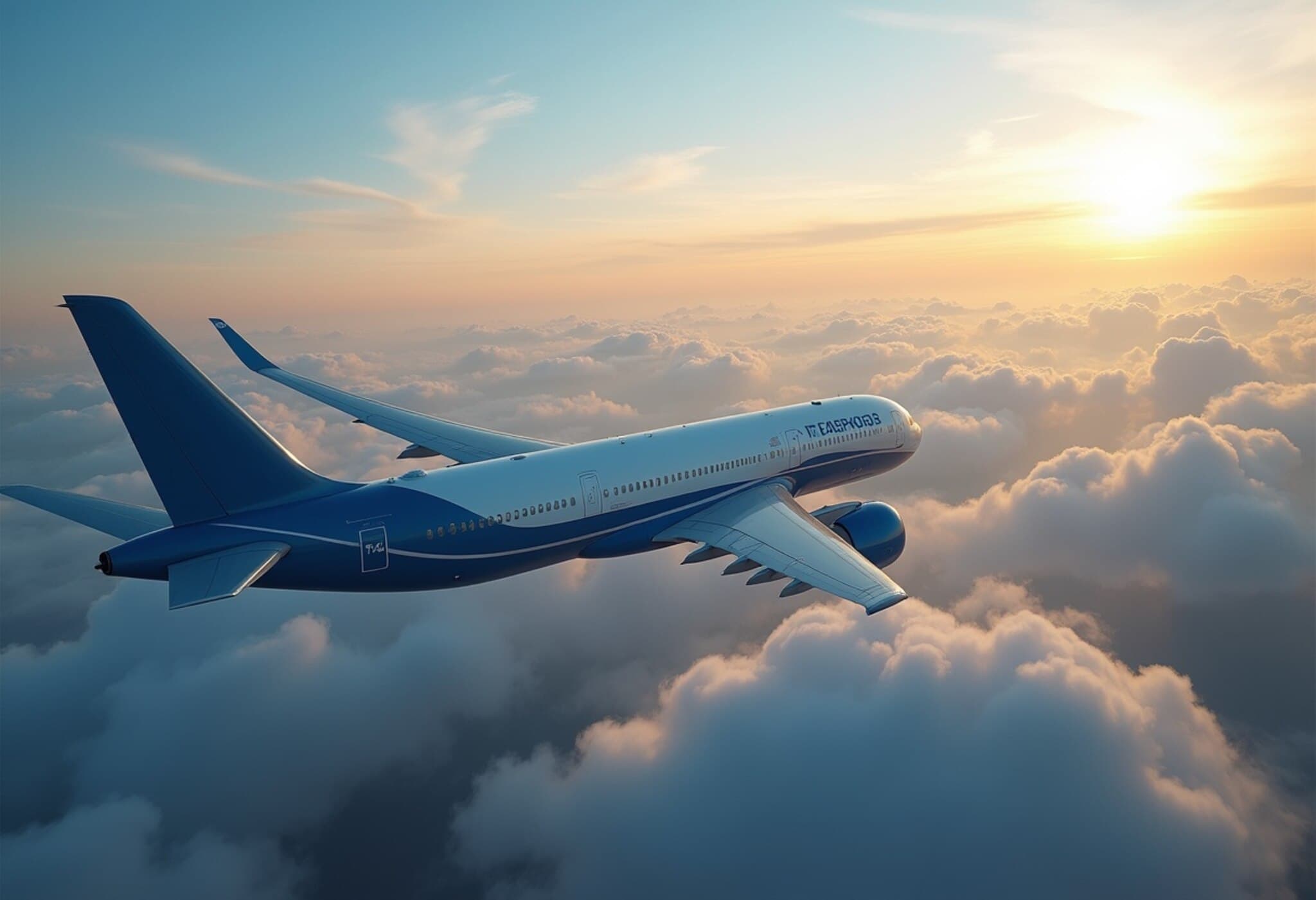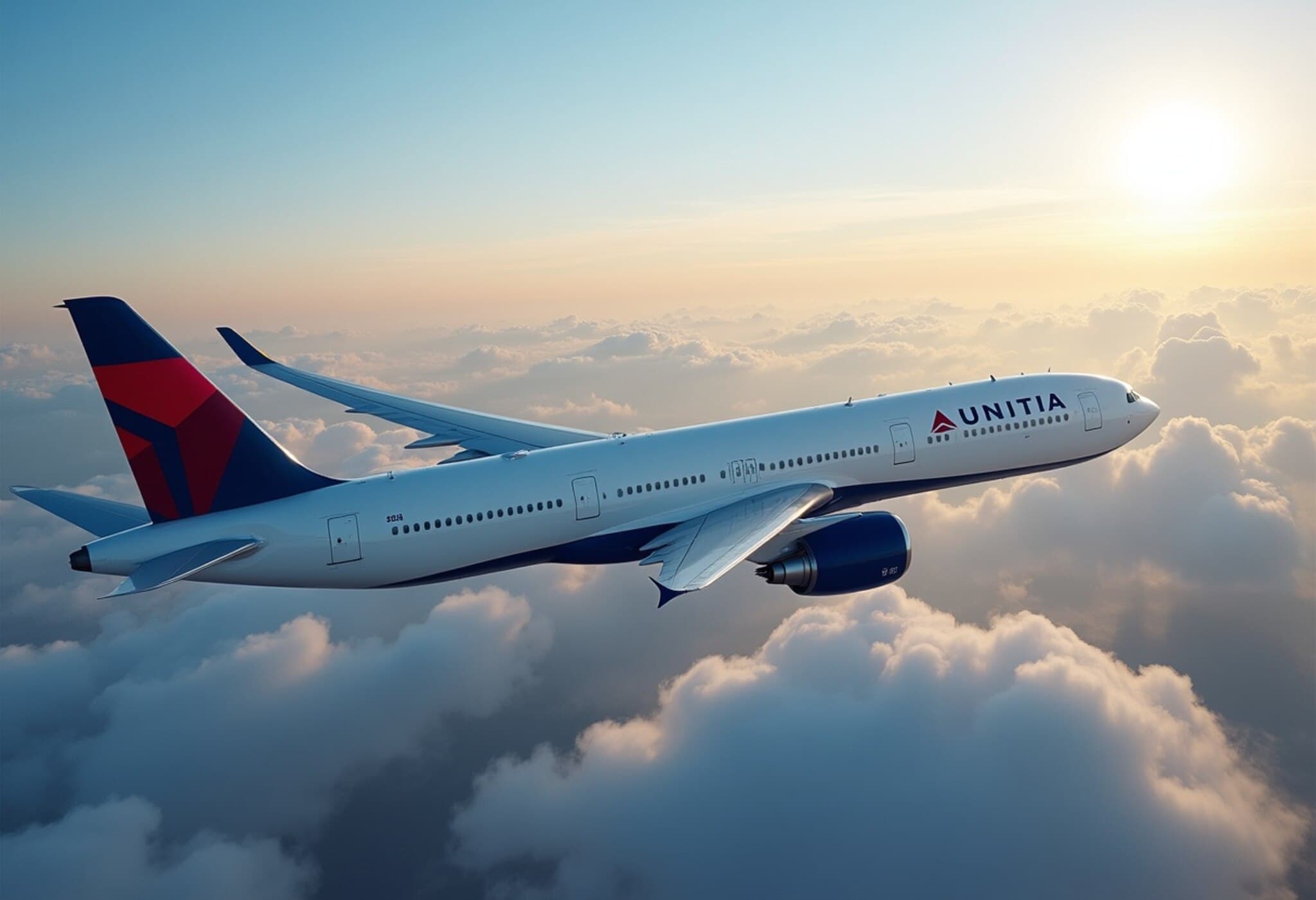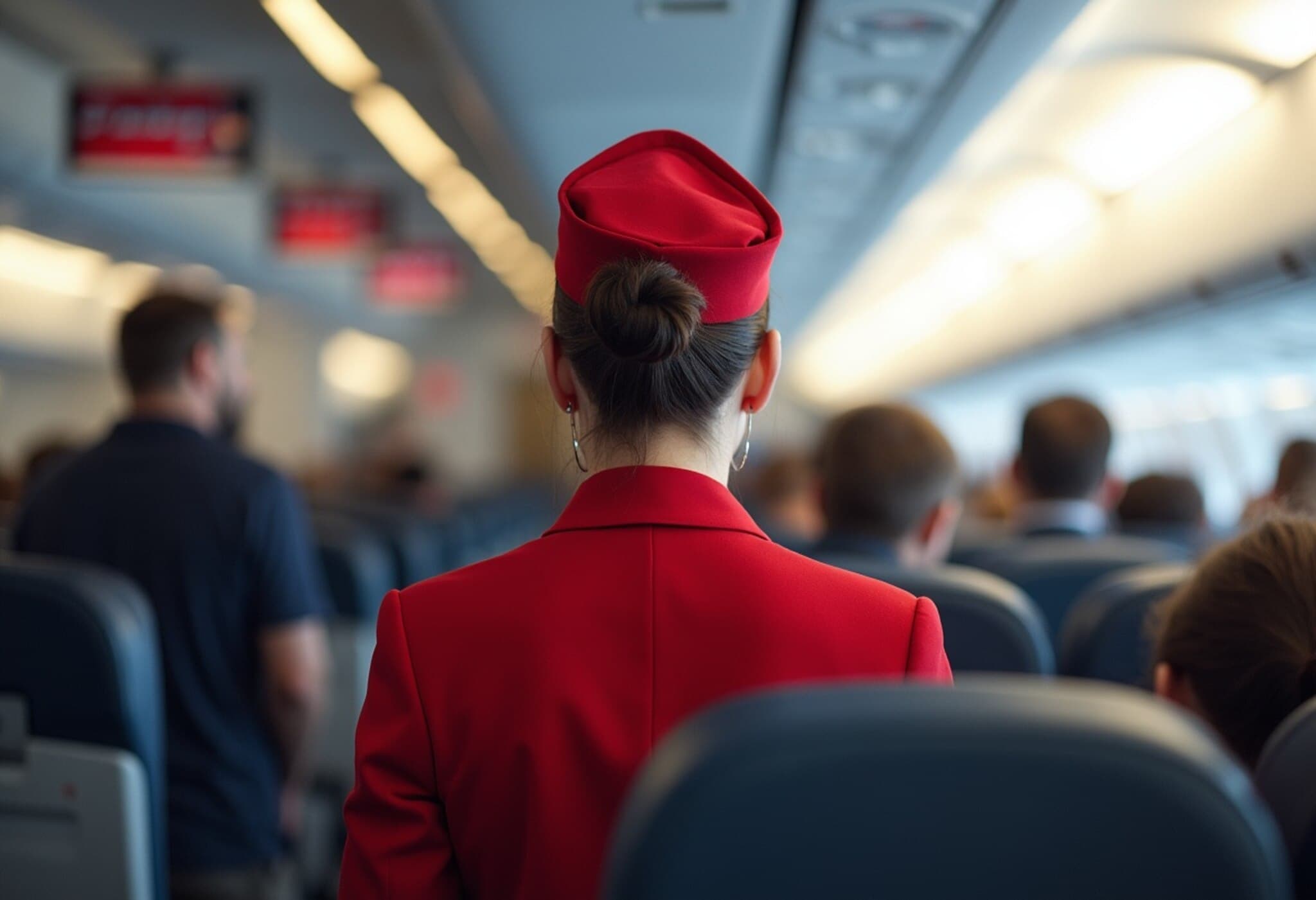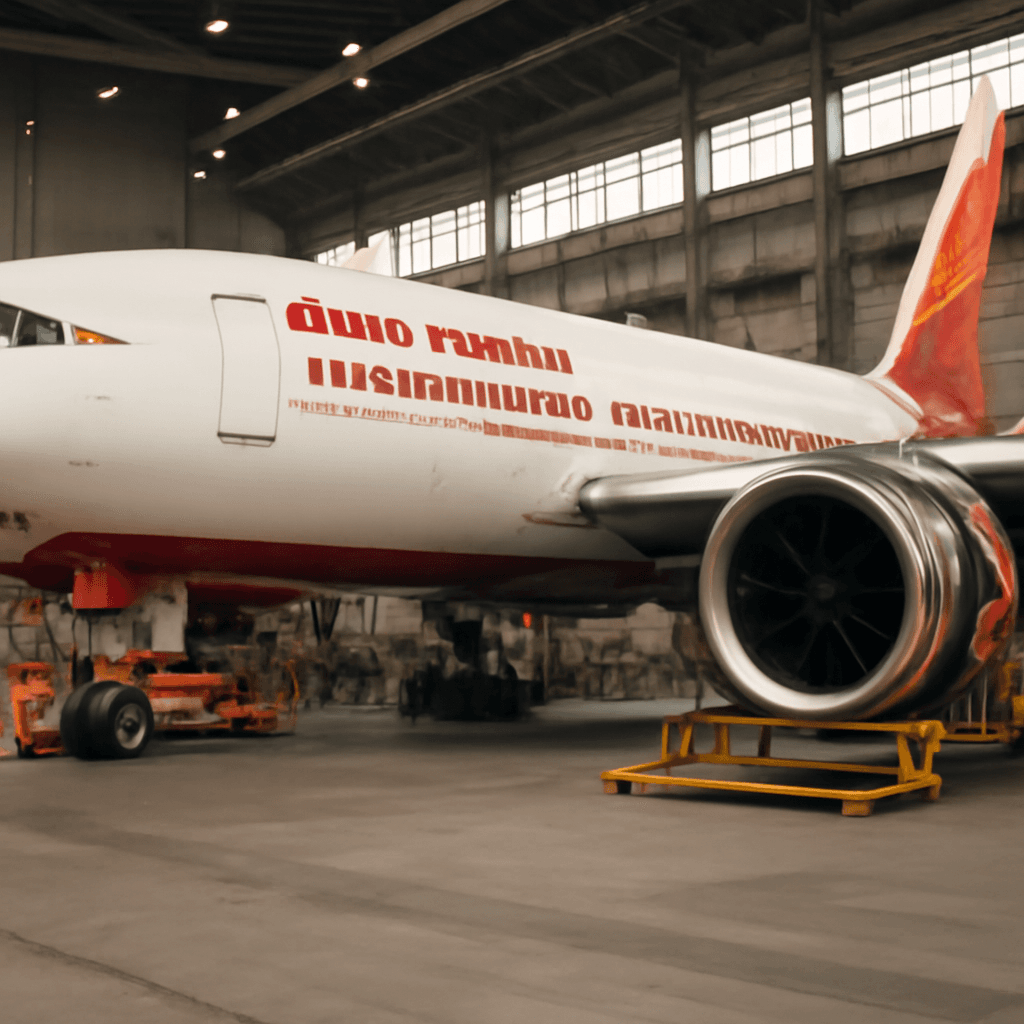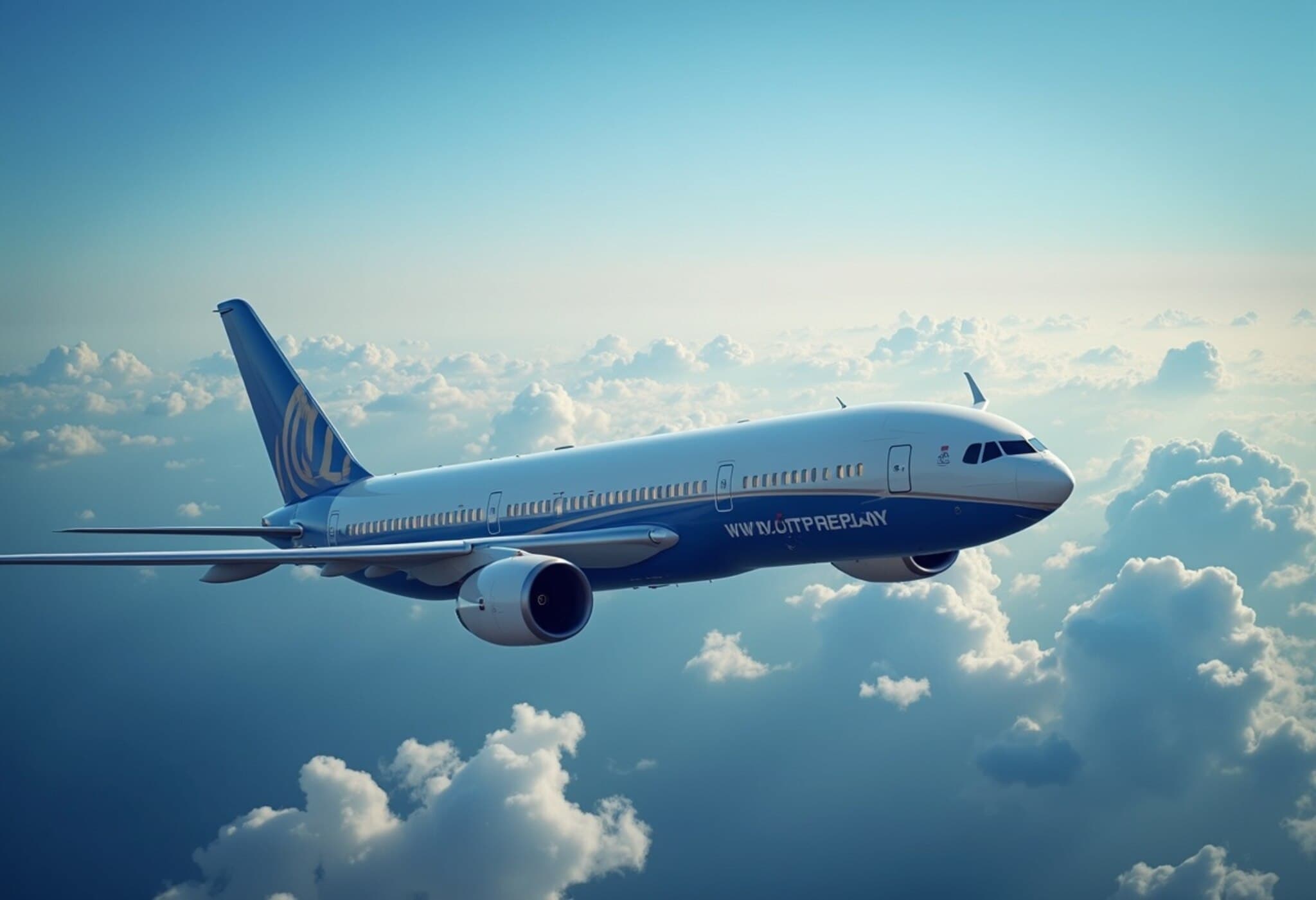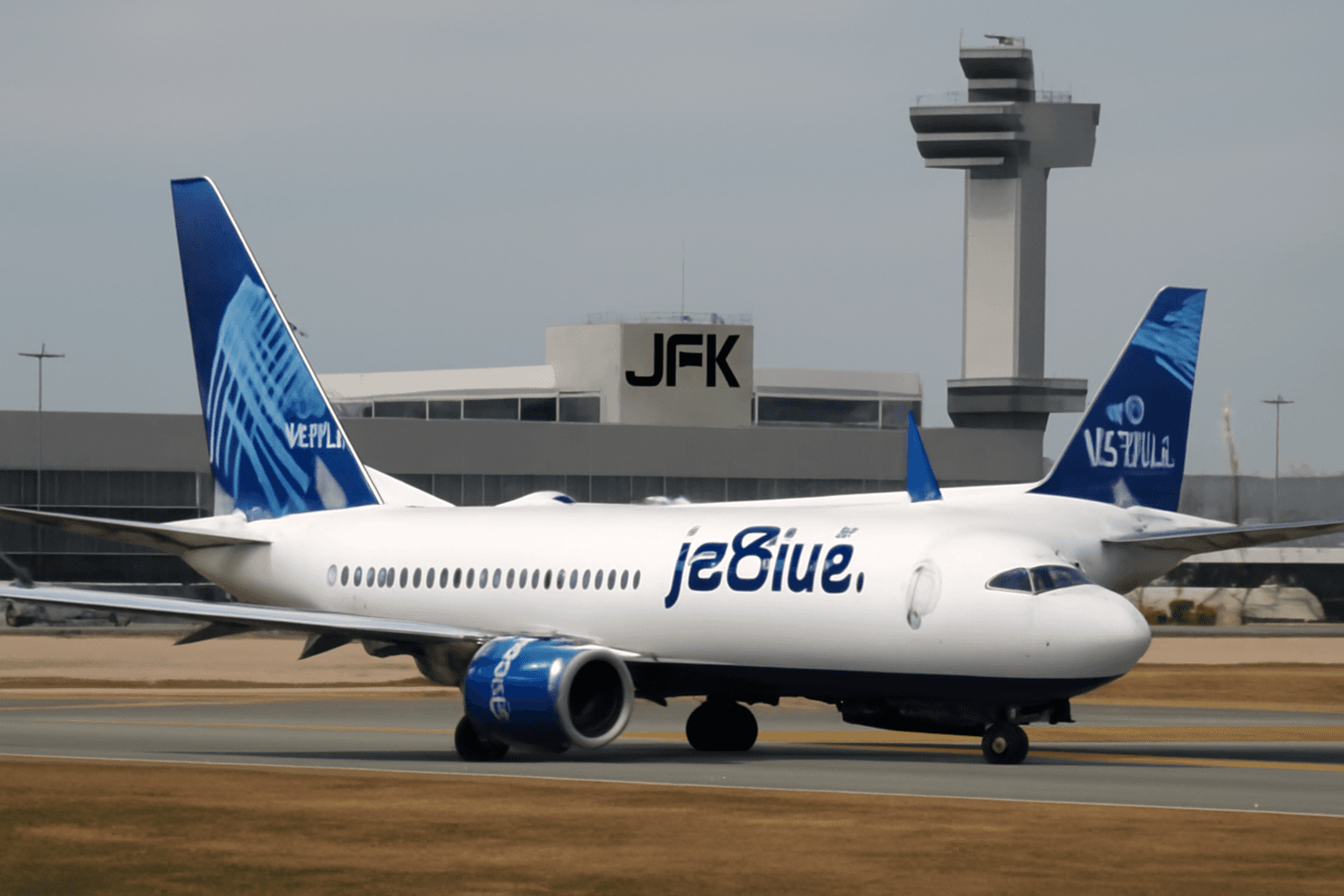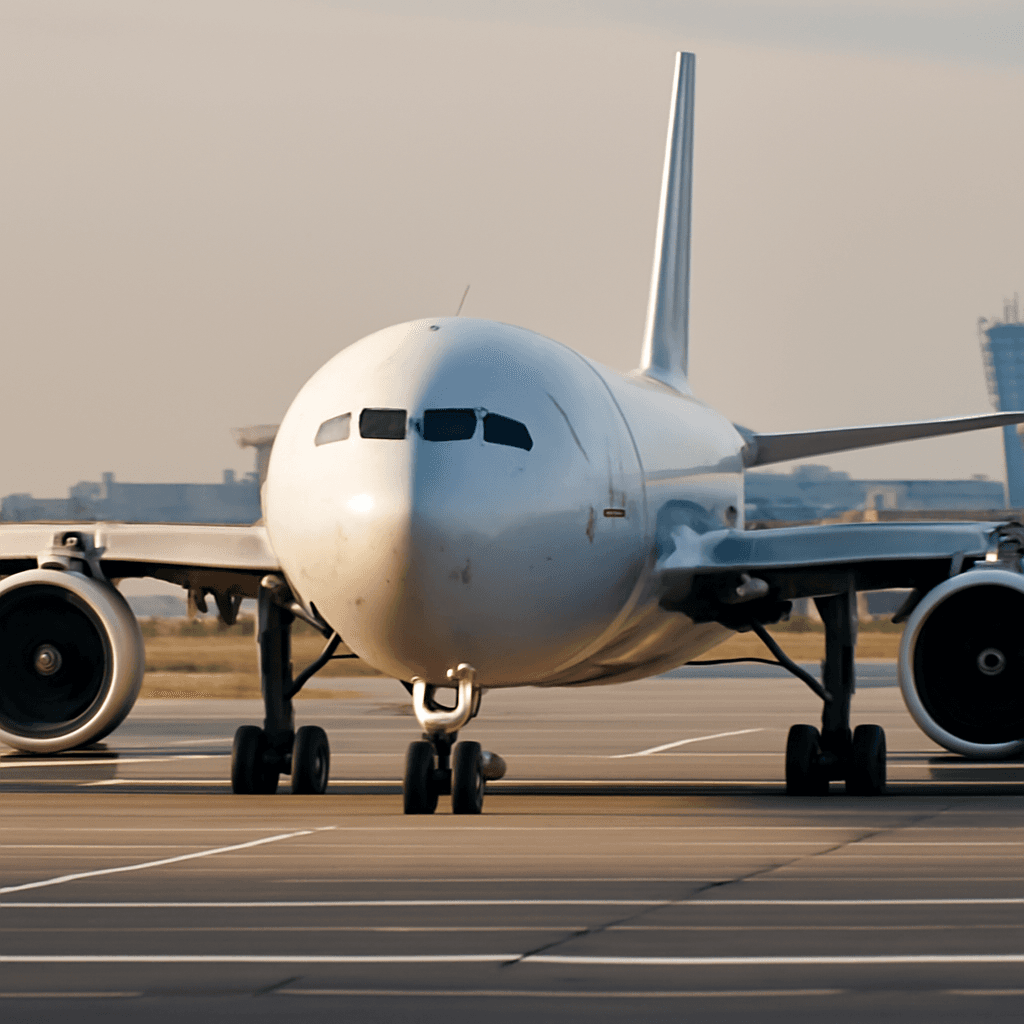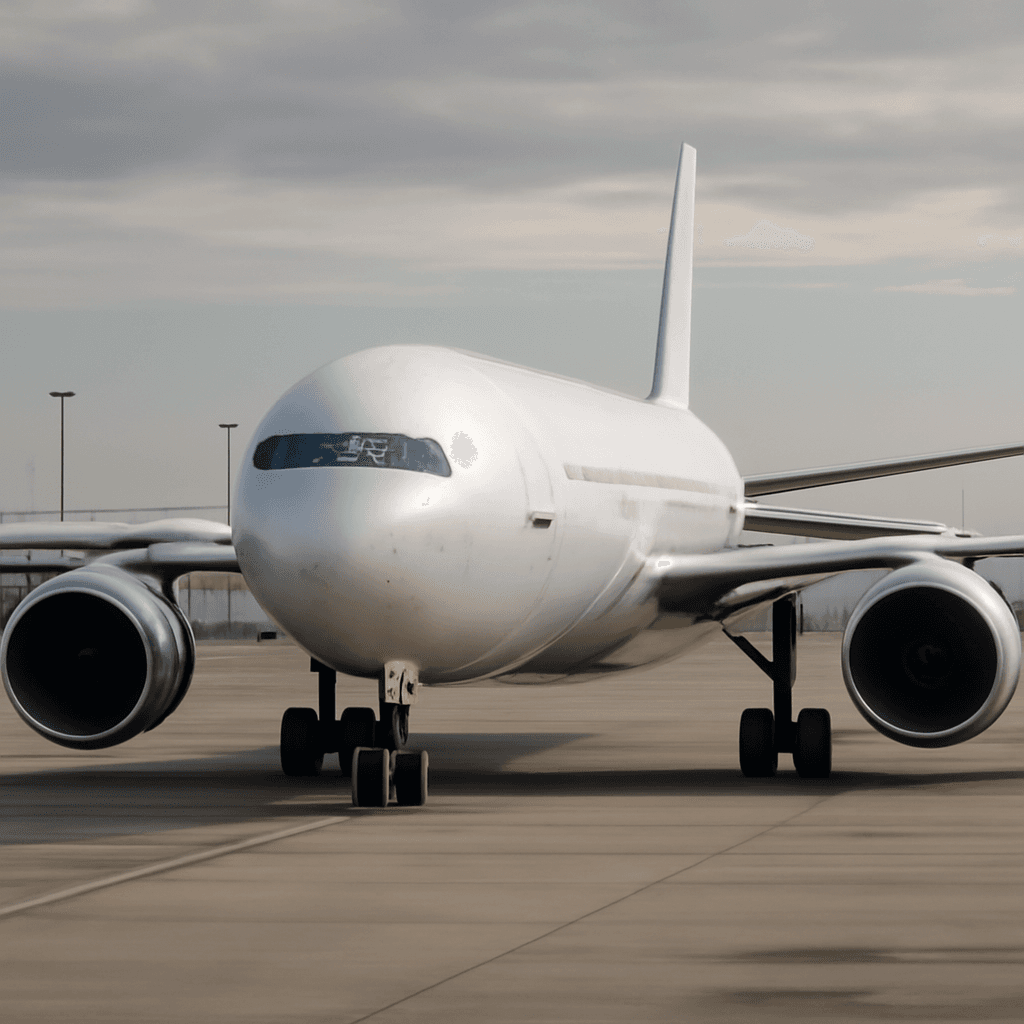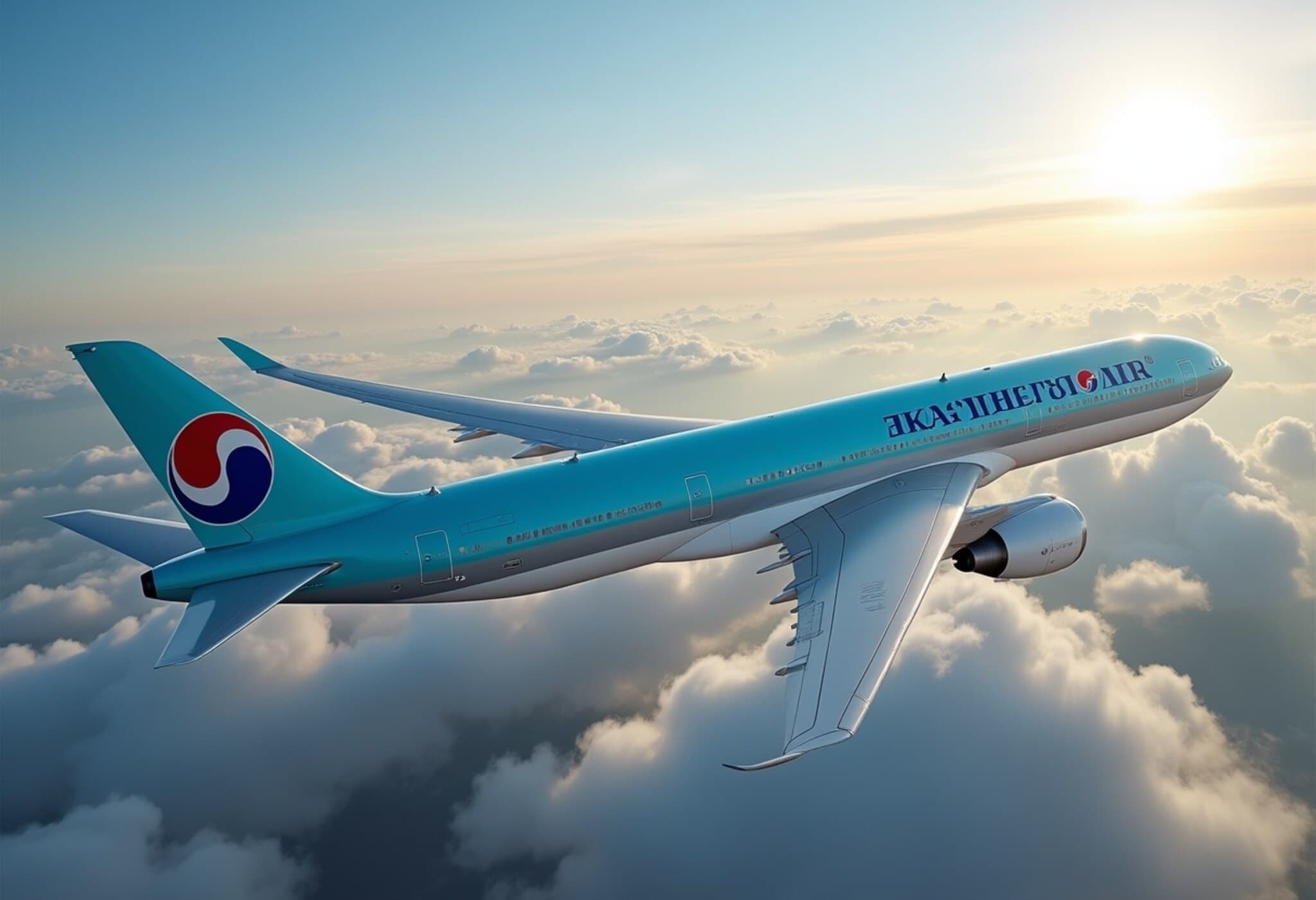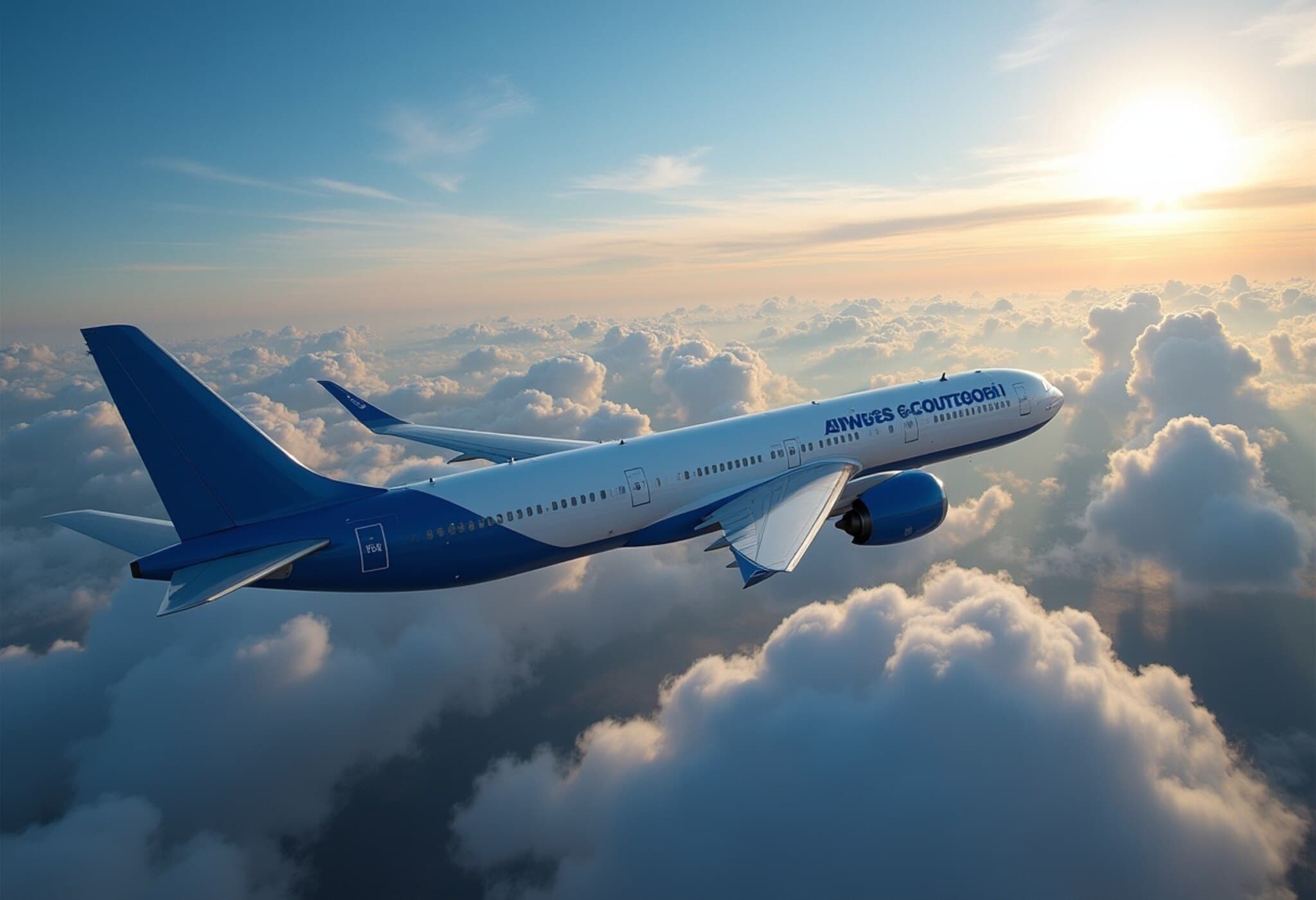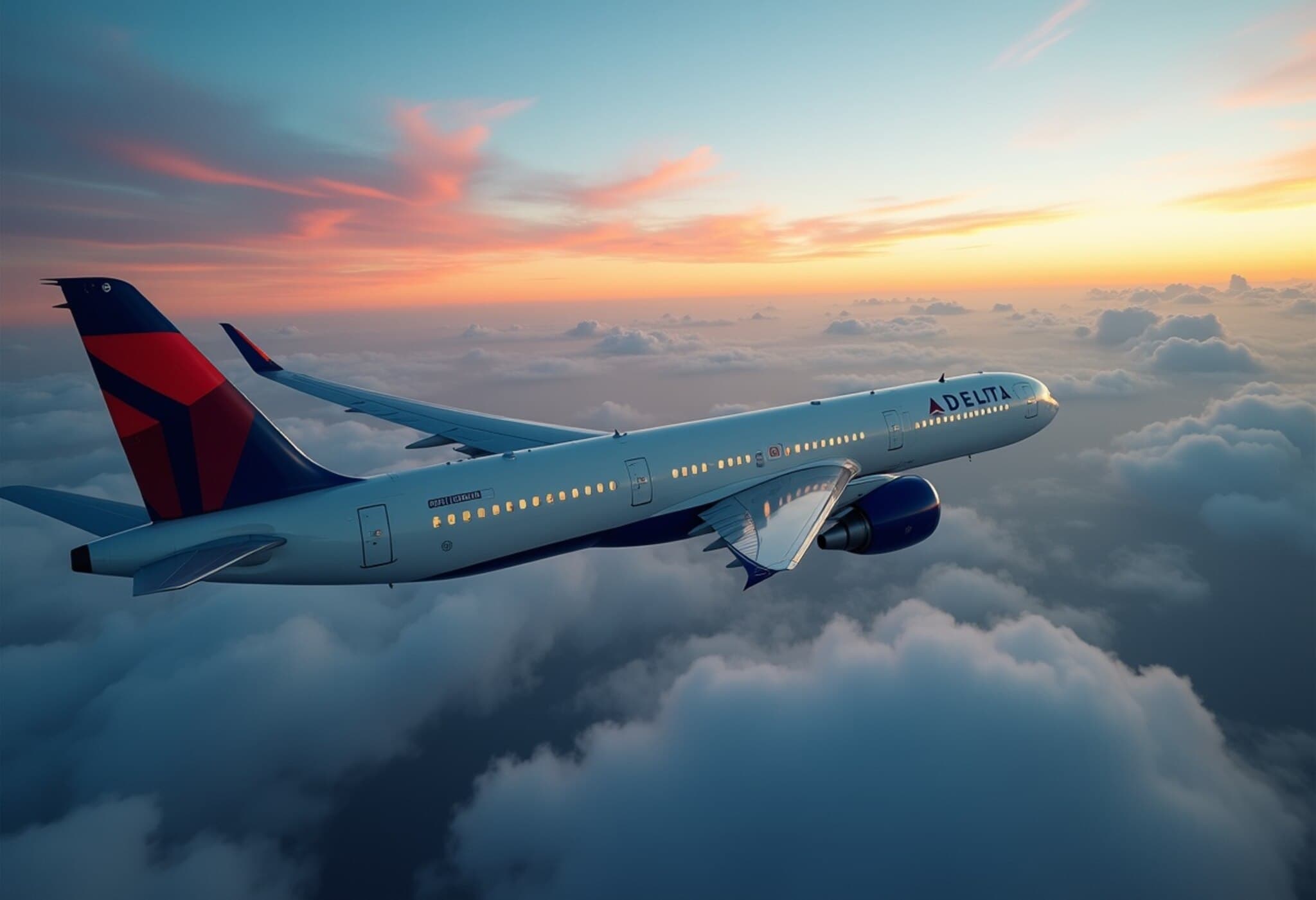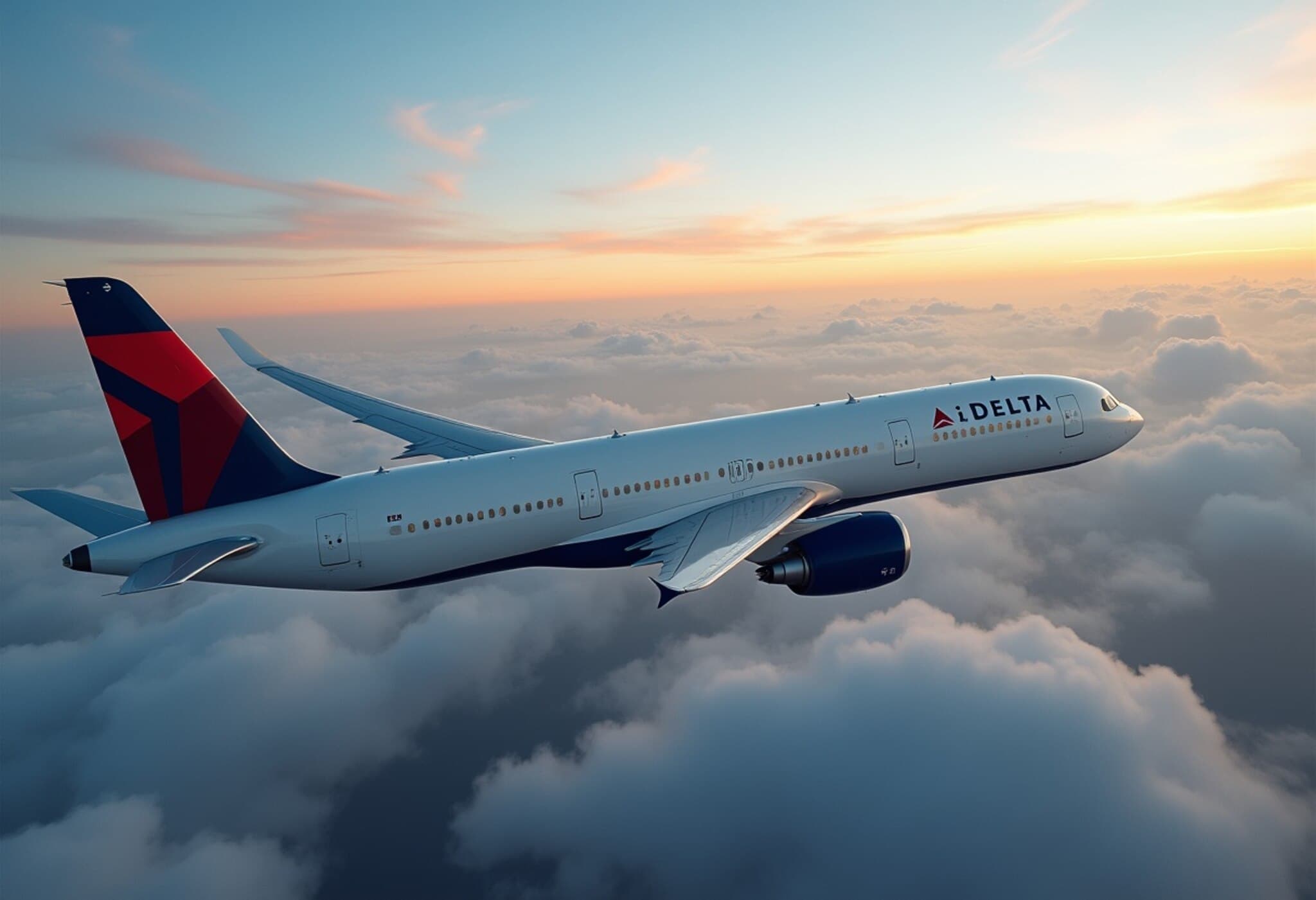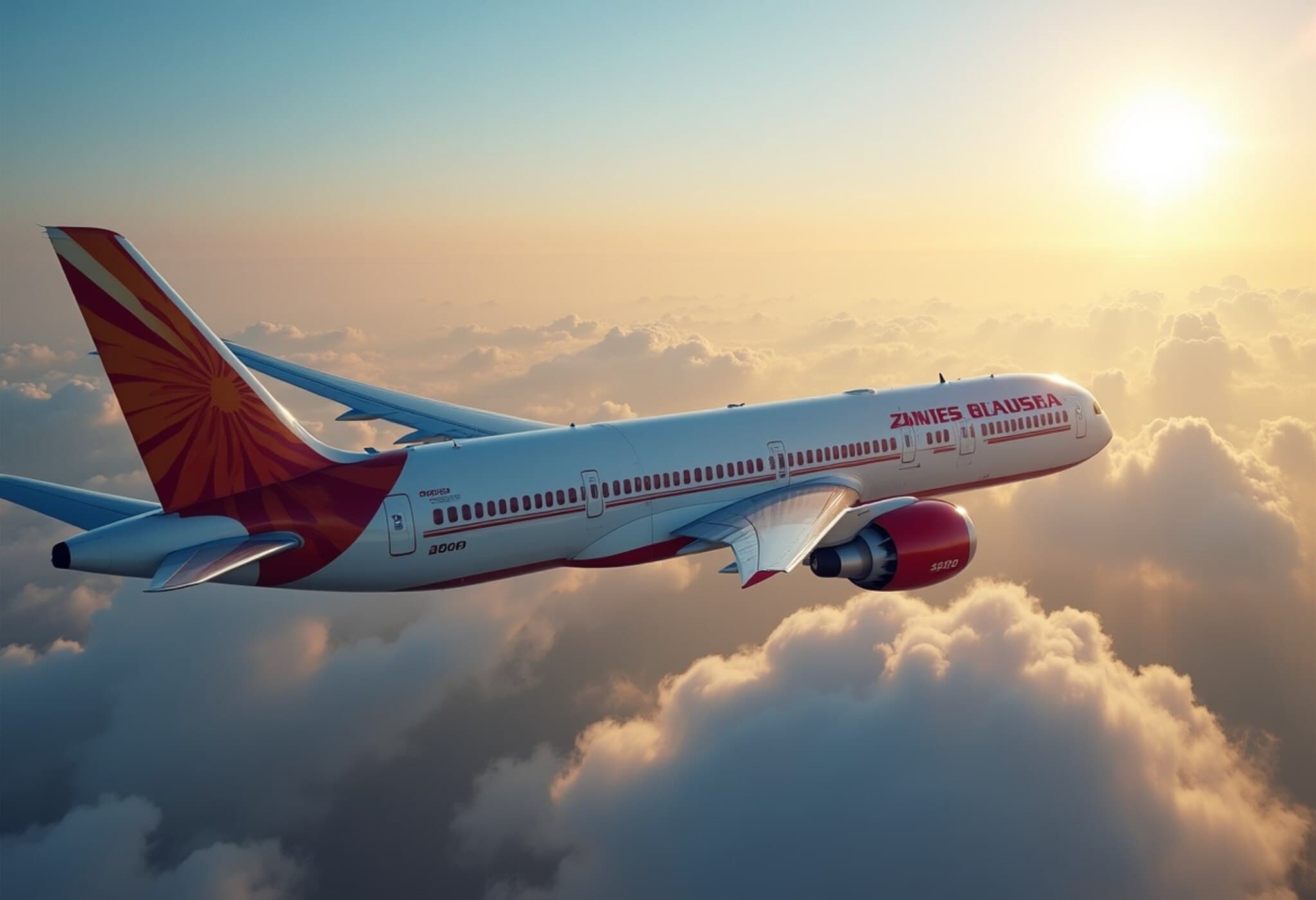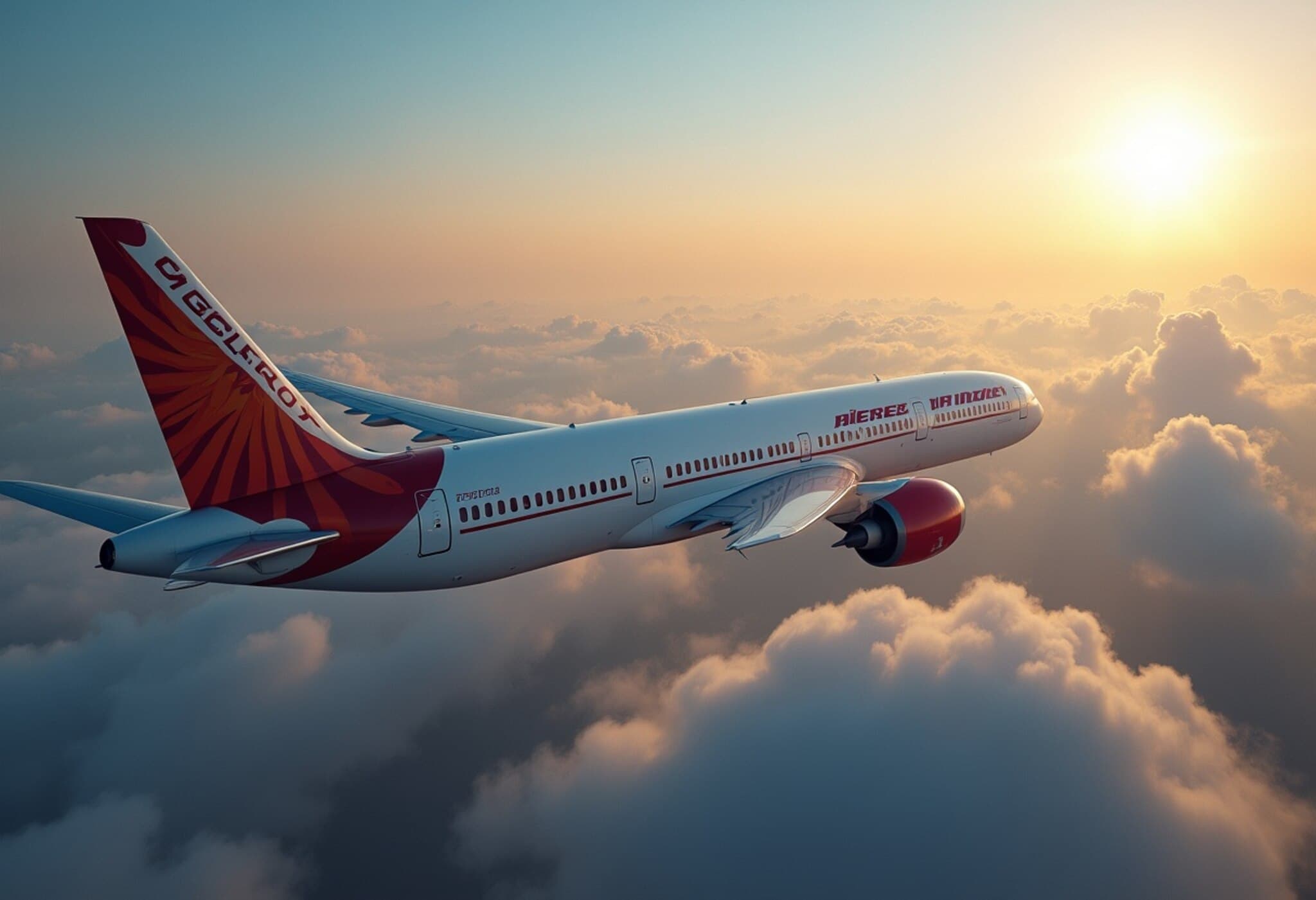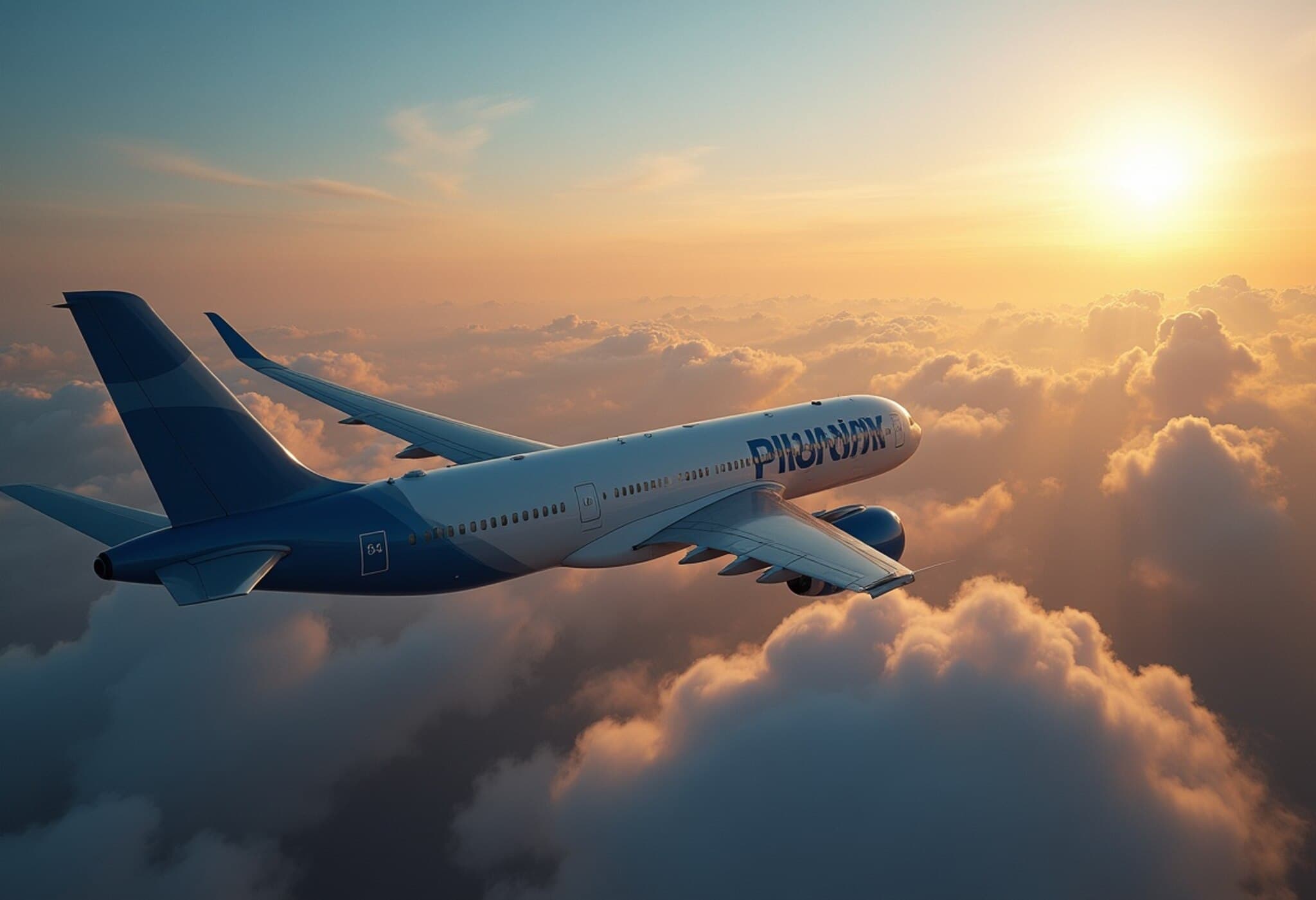Boeing Forecasts Robust Demand for New Aircraft by 2044
In a recent market outlook, Boeing revealed that airlines worldwide will require approximately 43,600 new aircraft over the next two decades. This surge is predominantly fueled by fast-growing markets in China and Southeast Asia, where rising incomes continue to boost air travel demand.
Shift Toward Single-Aisle Jets
Boeing anticipates that single-aisle jets will dominate the commercial fleet, increasing their presence from 66% today to 72% of the global fleet by 2044. Popular models such as Boeing's 737 MAX and Airbus's A320neo are expected to remain in high demand as airlines expand their capacity to meet rising passenger numbers.
Global Fleet Set to Nearly Double
The aerospace giant projects the worldwide commercial aircraft fleet will almost double in size, reaching about 49,600 planes by 2044. This mirrors similar forecasts by competitors, highlighting a growing reliance on jetliners operated by carriers in emerging economies. These markets are expected to manage more than half of all aircraft globally, a significant jump from nearly 40% today.
Challenges in Production and Delivery
Despite this optimistic outlook, Boeing acknowledges challenges in meeting the rising demand. Manufacturing rates for both Boeing and Airbus remain at levels comparable to ten years ago, even though air travel has rebounded sharply since the pandemic's impact. The companies have produced roughly 1,500 fewer planes than initially anticipated during this period.
Bridging this production gap will rely on the ability of both manufacturers to ramp up deliveries to and beyond their pre-pandemic levels. Industry experts suggest this recovery in output could take until the end of the decade to fully materialize.
Resilience Amid Geopolitical and Economic Uncertainties
Although trade tensions and tariffs have posed challenges, Boeing maintains confidence in the aviation sector's long-term growth, pointing to its historical resilience through various global disruptions. The company emphasizes that the commercial aviation market consistently bounces back, driven by growing demand worldwide.

